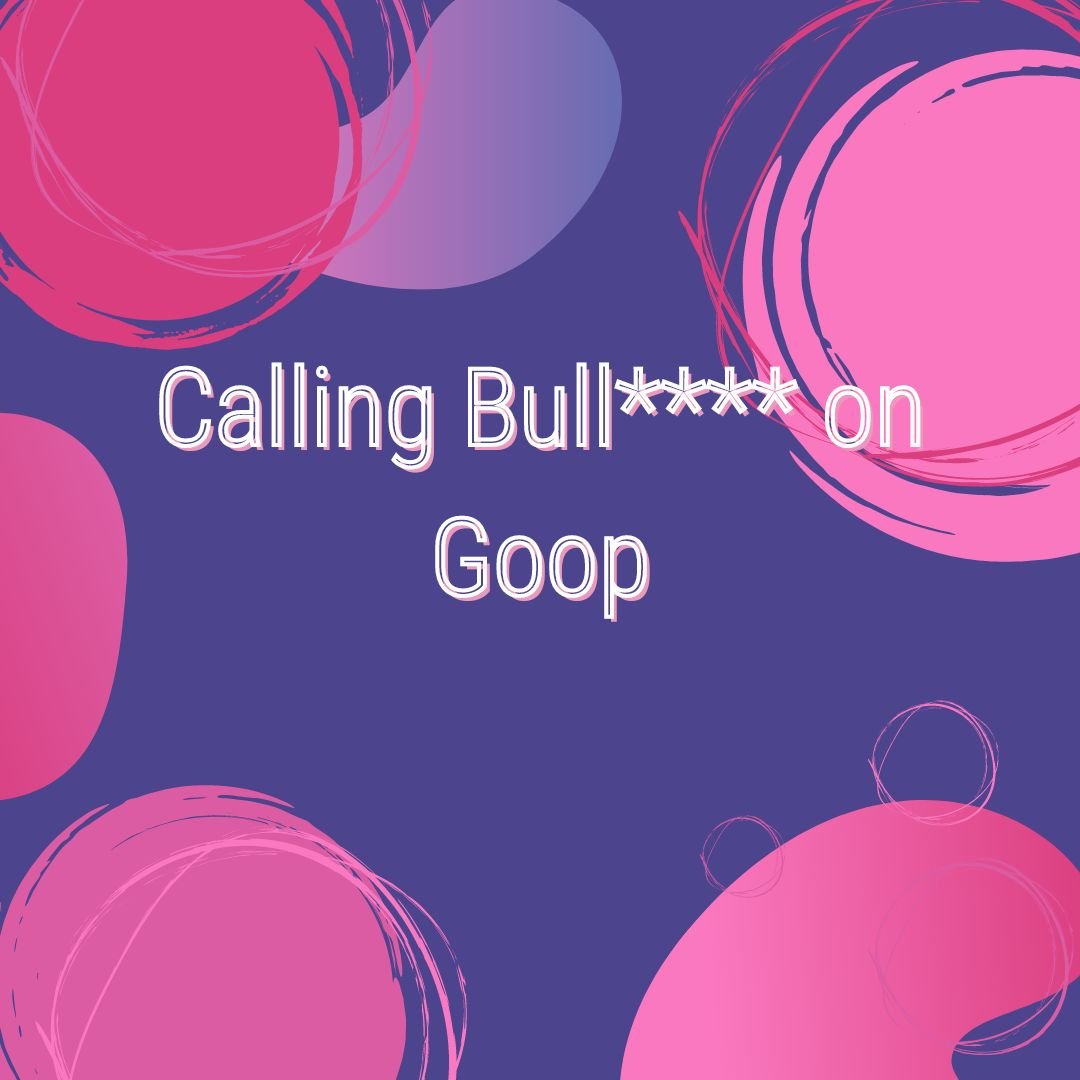At the beginning of their book “Calling Bullshit,” University of Washington Professors Carl Bergstrom and Jevin West offer an explanation for the prevalence of bullshit: “everyone […] is trying to sell you something.” In the current attention economy—where websites are essentially paid by the amount of engagement—concern for science and health has been exchanged for the art of fabrication, sensationalism, and marketing. This creates a fast-moving, often careless, digital culture that feeds on people’s emotional connection to the topics they care about. We also know that this relationship is circular, as social media platforms offer advertisers the opportunity to target consumers with sometimes-guised messages catering to their interests. Thus, our interests both shape and are being shaped by our everyday online experience through carefully curated algorithms. These veiled brand advertisements employ cognitive biases and logical fallacies in their attempt to impersonate an expert on any given subject.
An example of a brand posing as a health expert is actress Gwyneth Paltrow’s lifestyle brand “Goop.” Goop began in 2008 as a newsletter and has since expanded to a website, online store, books, and brick-and-mortar storefronts. In 2018, Goop lost a lawsuit after their product description of their “vaginal egg” product was deemed misleading in its unscientific claims. In early 2020, Paltrow also produced a Netflix series based on her blog posts called “Goop Lab” where her Goop employees try different lifestyle changes in hopes of finding holistic cures for physical and mental illnesses. Then, she followed this series up with another almost instant cult classic, “Sex, Love & Goop” examining sexual dysfunction in couples and the potential healing power of multiple therapeutic types with a nonchalant tone that doesn’t do the complex subject the justice it deserves. This is at the heart of what makes Goop different (and arguably more dangerous) from other advertisers—often, what the company advertises are health-based recommendations, which have not been fact-checked or medically cleared by any substantial source.
In “Goop Lab,” Paltrow’s employees experiment with controversial therapies such as vampire facials and energy exorcisms. While this Netflix series claims to be “designed to entertain, not provide medical advice,” Bergstrom and West would argue that this innocuous statement is not enough to protect the public from misinformation. Similarly, the National Health Service Chief Executive, Simon Stevens accuses Goop Lab of spreading misinformation, especially at a time when claims can be spread in seconds. Further, Stevens asserts that while “fake news” often refers to politics, the field of health is especially vulnerable to these types of false claims because of their inherent appeal to emotion, as well as possibly fatal consequences. This appeal to emotion allows Goop to forego any logical backing to their claims, as they will still be accumulating clicks at the end of the day, despite utilizing this logical fallacy. Further, we know that emotional words and headlines are among the most engaged online. Therefore, Paltrow’s advertising is clearly intentional, yet unethical by standards of science and health.
In contrast, “Sex, Love & Goop” explores sexual behavior and intimacy guided by “sexuality experts”. While Paltrow is a less dominating presence in this series, the sexperts keep the foundation of the bodywork and exercises grounded in healing techniques. The problem here lies in the televised aspect of the show. Goop has a reputation for exaggerating information in favor of more palatable media, just as the media in general typically carters to their audience at the detriment of facts and individual complexities. When televising this program, the producers likely cut and edited scenes that were necessary for a full understanding of sexual behavior, but that were not interesting enough to viewers. Moreover, because the sexperts were aware of their on-camera status, they might’ve changed their recommendations or techniques to gain notoriety. In doing this, simplification works in their favor as these complex issues are easier to digest if portrayed in a less complex way. For example, creating categories for all intimacy preferences instead of allowing for growth mindsets and/or little differences between experiences. Finally, because these few stories are televised, viewers may see their sexual behaviors and healing techniques as the only “valid” ones. For instance, allowing one couple’s story to serve as a baseline for all sexual experiences does a disservice to all involved because their narrative “boxes in” others who want to see themselves represented in the media. This could lead to fewer non-televised individuals and couples seeking sex therapy and coaching for themselves when this could be the key to uncovering their own sexual empowerment.
This speaks to Bergstrom and West’s assertion that in distinguishing between real, scientific research and bullshit, “extraordinary claims require extraordinary evidence.” Goop Lab’s claim that acute psychological trauma can be healed by a body worker’s hands hovering above another’s chest is definitely an extraordinary claim. Paltrow and her team fail to go further in-depth about the scientific benefits of this bodywork—they rely instead on the emotional appeal, as well as Paltrow’s loyal fanbase and thus the audience’s appeal to authority. Since the primary objective of authors is to appear authoritative, the Goop brand embodies this presentation and role within media and marketing. Therefore, despite efforts to get people to buy non-medically recommended products, looking past the smoke-screen of advertising, we can and should call bullshit on Goop.
By Emily Carriere




